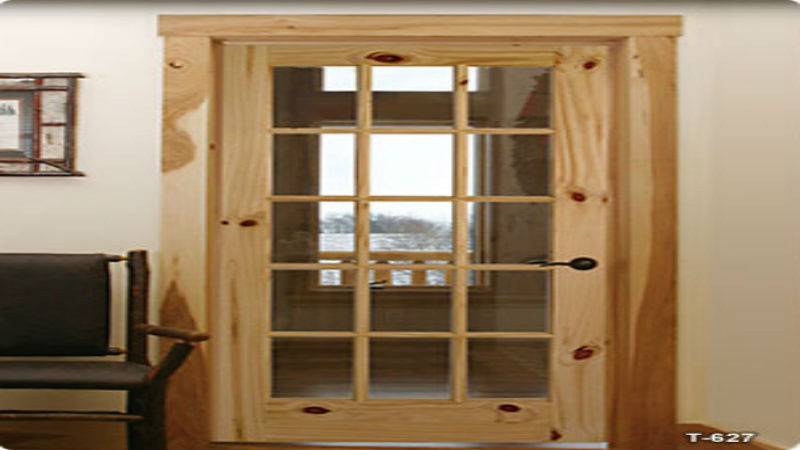Residents, businesses, tourists and even commuters in and out of Manhattan probably give no thought at all to chimneys. After all, you do not see chimney stacks sticking out of the top of modern “skyscrapers”!
However, residents and local businesses really should give some thought to their chimneys. Not only those who occupy brownstone or other pre-war buildings in areas such as the Upper East Side Historic District; where chimney pots can still be seen on the roofs. But also those within buildings that give the appearance of being without chimneys. They do all need Chimney Inspection In Manhattan.
Fire To Provide Heat
It would be difficult to find buildings in Manhattan that never generate any heat; either to warm occupants or for services such as hot water. True, this can be done very cleanly by the use of electrical heating elements; but, electric bulk heating is considered too expensive by many. An electric kettle or shower heater may be acceptable but even the old fashioned electric bar fire is now virtually obsolete.
Burning something in a furnace is preferred by most people for both heating their water and providing the heat for a centralized space heating system. Old fashioned wood and/or coal burning furnaces and stoves have been replaced by modern furnaces that use gas or oil as their fuel. For the furnace to operate it needs more than fuel alone. The fuel needs a supply of air to support its combustion and the products of that combustion (smoke) need to be extracted. Traditionally, the chimney provided the extraction route and hot smoke rising up the chimney would cause a draft which would suck in new air to the burning fuel.
In theory, modern furnaces running on the likes of natural gas do not actually need chimneys. A fan can be used to draw in air and, if the furnace is installed near an external wall, a device known as a wall thimble can feed the exhaust gases through a short vent pipe run directly through the wall to the outside atmosphere. However, in a city context, hot gases coming out at sidewalk level would be unacceptable and the exhaust ducting would need feeding up to a higher level. In newer buildings this can be a non-load bearing duct run within the existing walls and, for older buildings, the flue can be positioned within an existing chimney.
Corrosion & Mechanical Damage
Whatever type of extraction system is used, acids in the flue gases can attack the metallic components and things like dampers and chimney caps, pots or tops can become damaged. Additionally, even the cleanest modern fuels do create some creosote which can build up within the flue and, since it is extremely flammable, it must be regularly removed. Regular Chimney Inspection In Manhattan will tell you when and what requires cleaning, replacement or repair.



